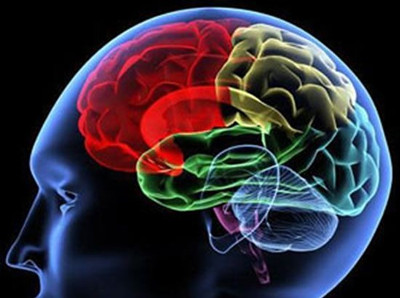When subjects were looking at something funny, the first thing that happen was that two regions in their left hemispheres lit up.
當受試者們看到有趣的東西,首先就是他們大腦左半球的兩個區域亮了起來。
From previous studies these regions are known to be associated with resolving ambiguity.
先前的研究表明這些區域是處理模棱兩可問題。

Is there something in “getting it” that's related to the process by which we work with unclear information until we suddenly see the pattern in it?
有什么“收到”的區域負責我們接觸不清楚信息然后直到突然看到這種模式的過程嗎?
A couple seconds later two other brain regions became active, called the insula and the amygdala.
幾秒鐘后,名為腦島和扁桃形結構的大腦其他兩個區域變得活躍。
The insula is associated with emotion, so it seems likely that this is the brain feeling good when it gets the joke–the “ha-ha” response.
腦島控制情感,所以看起來當收到玩笑信號后大腦感覺良好,才會有“哈哈”反應。
The amygdala is associated with memory formation.
扁桃形結構與記憶的形成有關。
As the researchers point out, while you may not be able to remember every plot detail in a Seinfeld episode, you can probably remember the jokes.
研究人員指出,盡管你可能無法記住每個劇集的每處細節,但你能記得住笑話。
Humor stays with us, forming a lasting memory.
幽默常伴我們左右,能夠形成長久的記憶。












